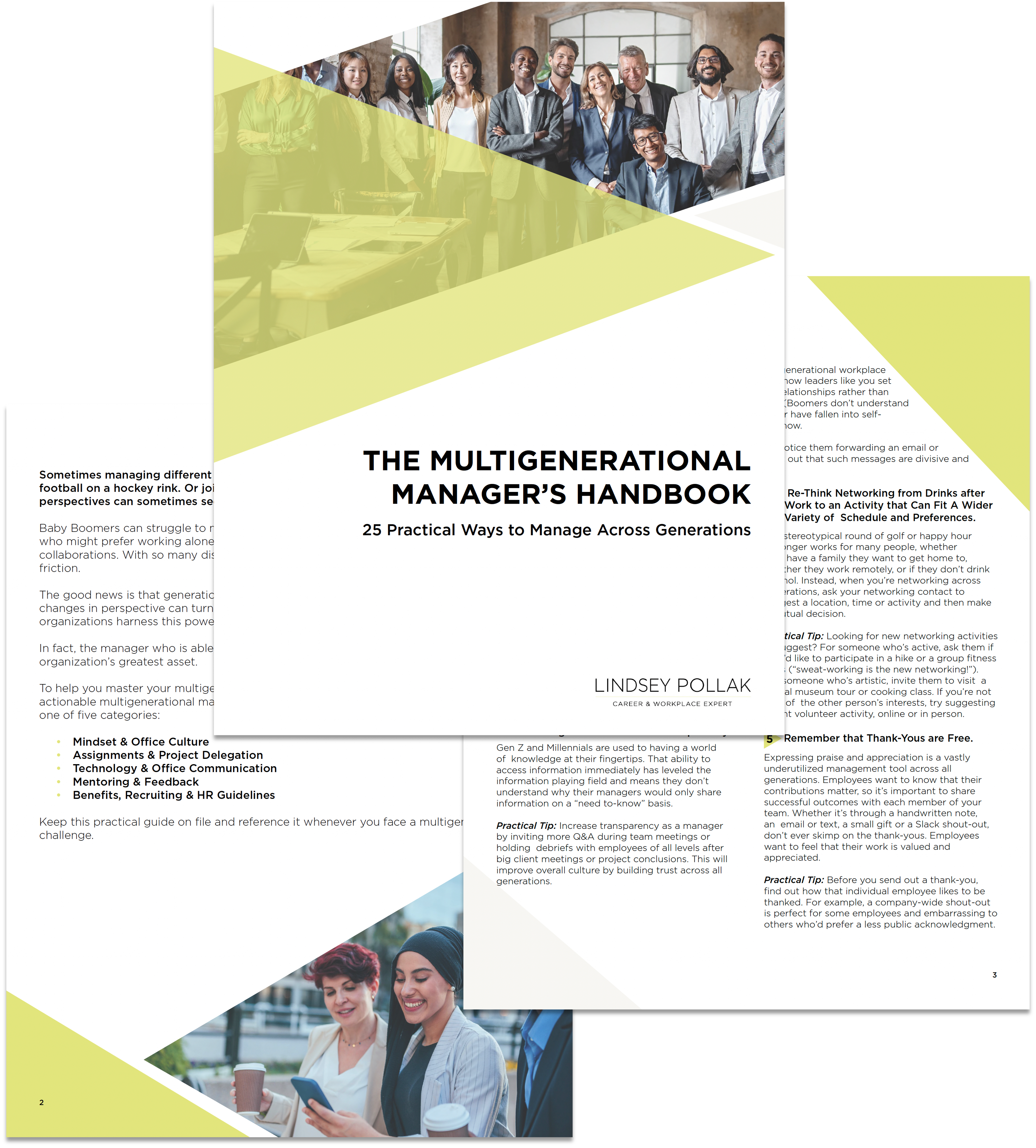I’m calling it now: Mental health in the workplace is going to be the HR headline for 2022.
I’m hearing from employees and leaders at all levels across all industries about how they’re experiencing higher burnout, anxiety and depression, as well as how employers are receiving more and more requests from employees for mental health breaks.
Everyone has been under an extreme amount of stress for an extremely long time. The personal and collective trauma of the past 20 months is poised to reach a crescendo in 2022.
Moving forward, workplace leaders and HR professionals need to be prepared to support employees’ emotional and mental wellness at work more effectively than we ever have before.
Recognize the Signs
Performance problems — especially from a high-performer — could indicate burnout, stress or anxiety. Employees taking a sick day, acting quieter than usual or being less productive than you’ve come to expect may signal that someone is struggling with their mental health.
Of course, not every leader can become a mental health expert. But every leader should be able to recognize when an employee needs help and be able to direct them to the resources they need.
The resources for promoting emotional wellness at work typically include EAPs, mental health counseling and additional PTO to promote better work-life balance. Managers should know how and when to direct employees to these vital benefits.
Cultivate a Culture of Safety Around Emotional Wellness at Work
As someone who’s lived with anxiety my whole life, I understand that mental health issues can be hard to talk about. I try to be open about my experience with anxiety, because normalizing conversations around mental health and emotional wellness are critically important for removing any perceived stigma.
Now more than ever, leaders need to normalize conversations about mental health and emotional wellness at work. For example, you can talk about mental health benefits in the same manner and with the same frequency that you would discuss any physical health benefit.
Look at models from other companies for inspiration. AT&T’s Stamp Out Stigma campaign, for example, encourages employees to make a personal pledge to reduce the stigma around mental health. And the NFL has initiated a campaign, with several players speaking up about their personal struggles, to destigmatize mental health issues in popular culture.
Empower Employees to Control What They Can
Stress and anxiety are often the result of feeling like you’ve lost control over things, and nothing feels less controllable than a global pandemic. One way to promote mental and emotional health heading into 2022 is by helping employees regain some sense of stability and control.
Consider, for example, having a scheduled check-in at the same time every day or week where employees can bring up their concerns. Knowing that their voice will be heard can be extremely empowering and improve emotional health. Or, while working on your return-to-office policies, maybe you can offer employees one or two additional options for their work hours or how often they are required to come into the office.
The key is to give employees freedom within parameters. Too many choices can be overwhelming, but a few options in a controlled environment can give people a better sense of control and empowerment. And that leads to a much happier, mentally and emotionally healthy workplace culture at a time we all desperately need it.
